Essential cookies enable basic functions and are necessary for the proper function of the website.
Cookie Preferences
This cookie is used to store the user's cookie consent preferences.
30 days
-
Cookie Preferences
This cookie is used to store the user's cookie consent preferences.
30 days
-
edd_items_in_cart
Stores information about the cart contents.
Session
-
wpfuuid
Used to track user interactions with forms.
11 years
-
comment_author
Used to track the user across multiple sessions.
Session
-
comment_author_email
Used to track the user across multiple sessions.
Session
-
comment_author_url
Used to track the user across multiple sessions.
Session
-
edd_session_
Stores information about the current user session.
Session
-
wordpress_logged_in
Used to store logged-in users.
Persistent
-
wordpress_sec
Used to track the user across multiple sessions.
15 days
-
wordpress_test_cookie
Used to determine if cookies are enabled.
Session
-

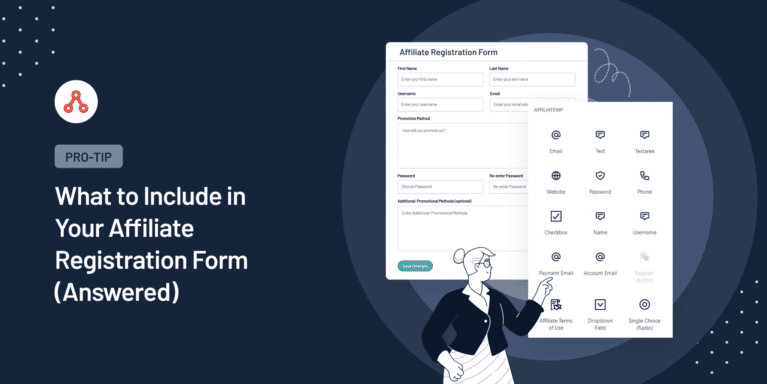

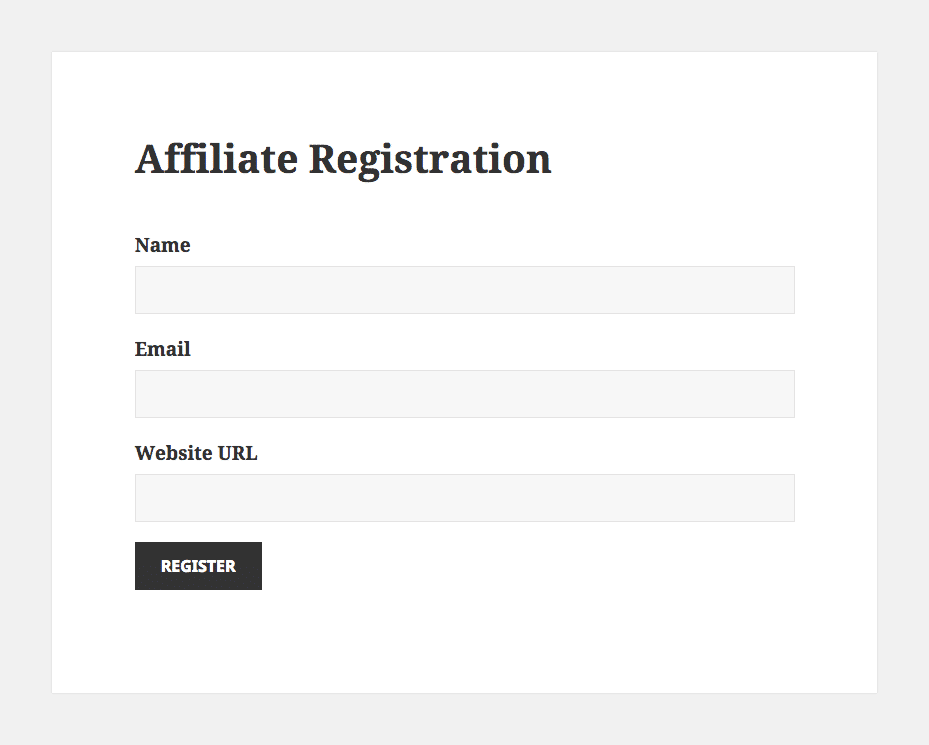

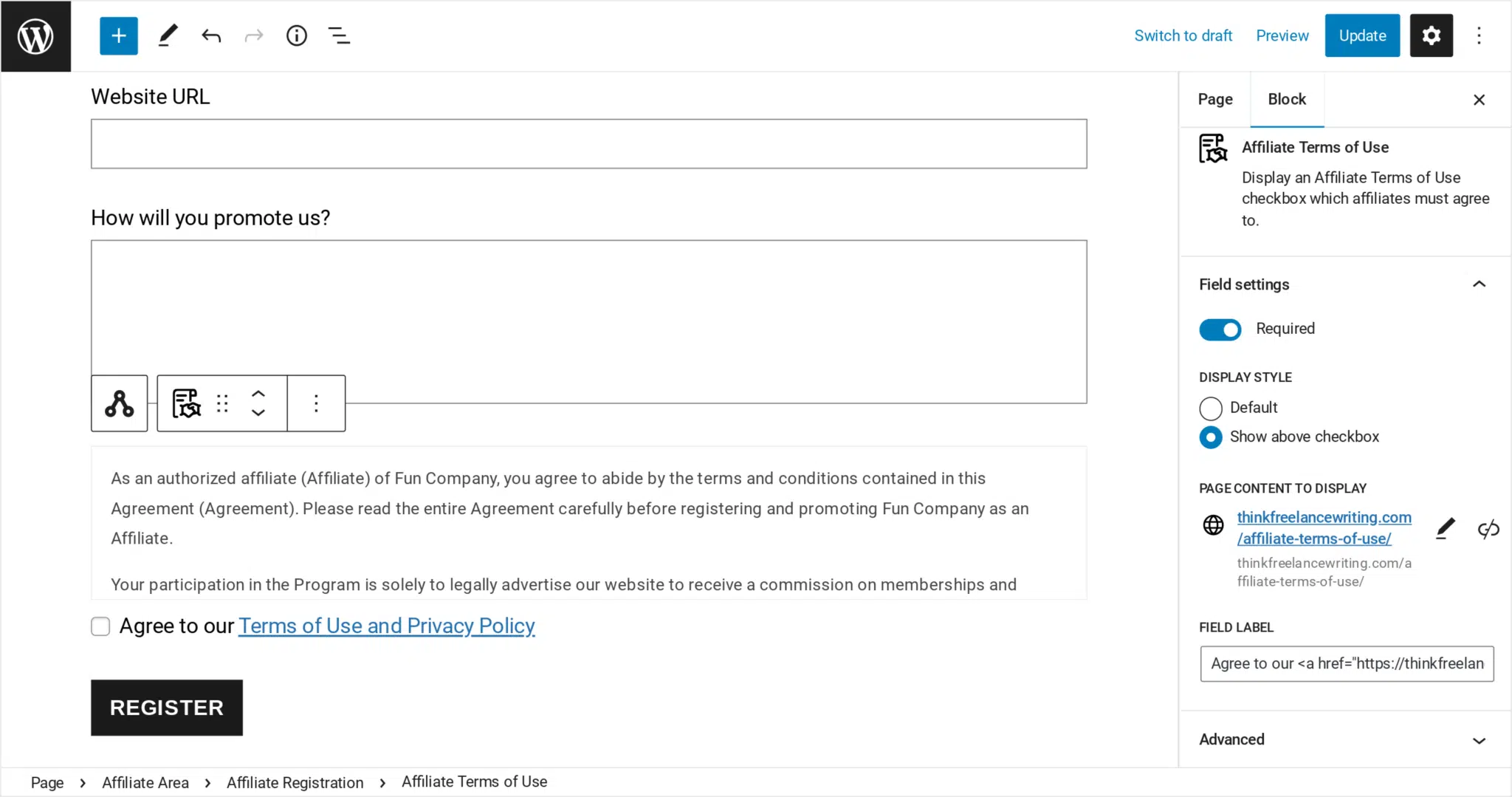
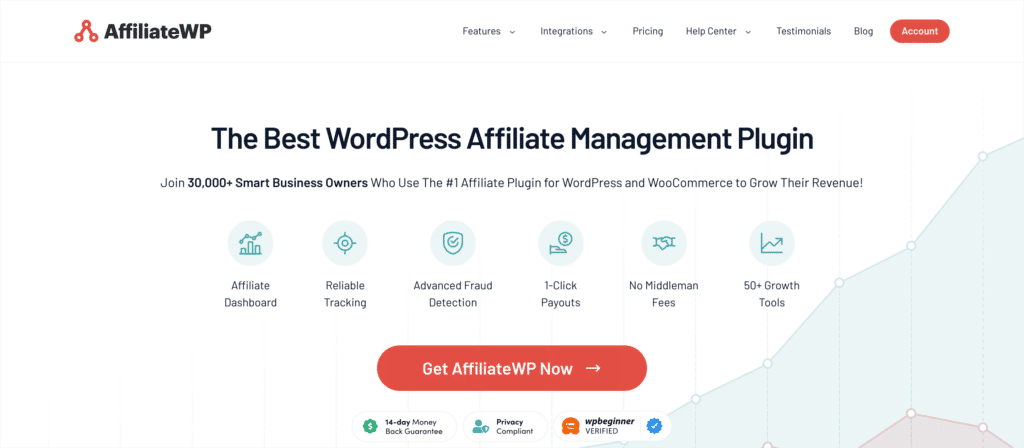

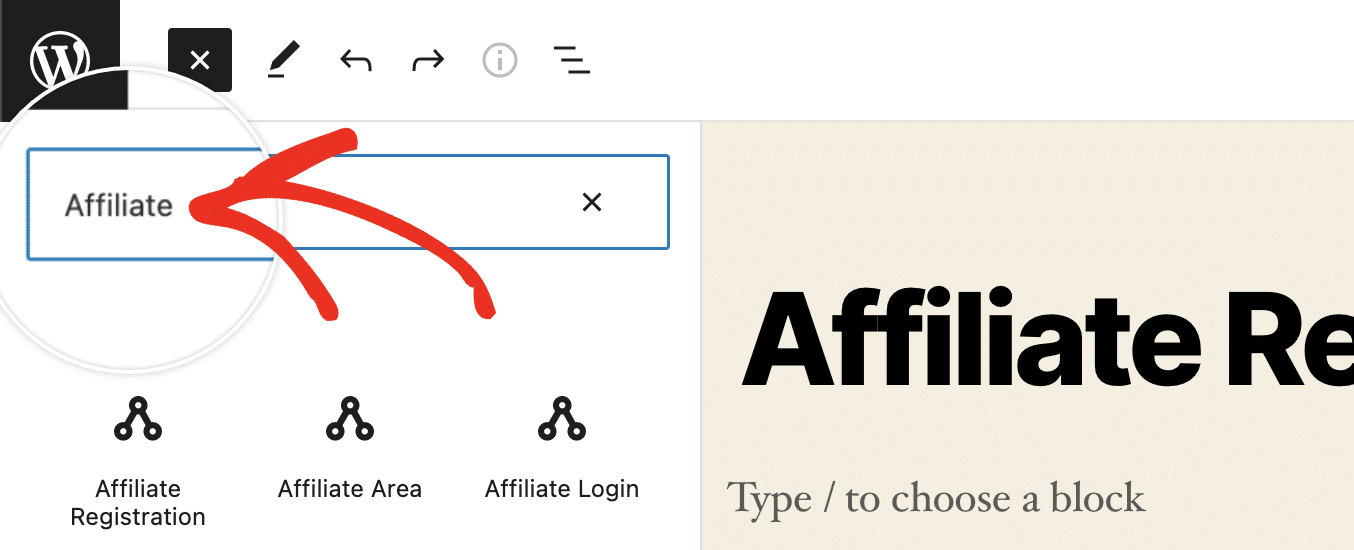
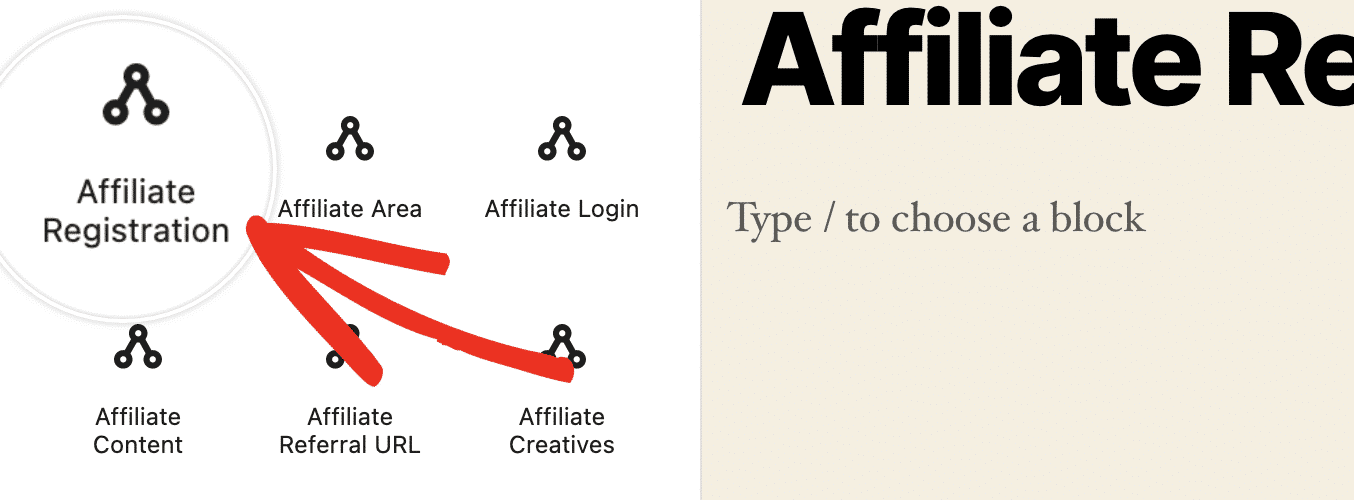
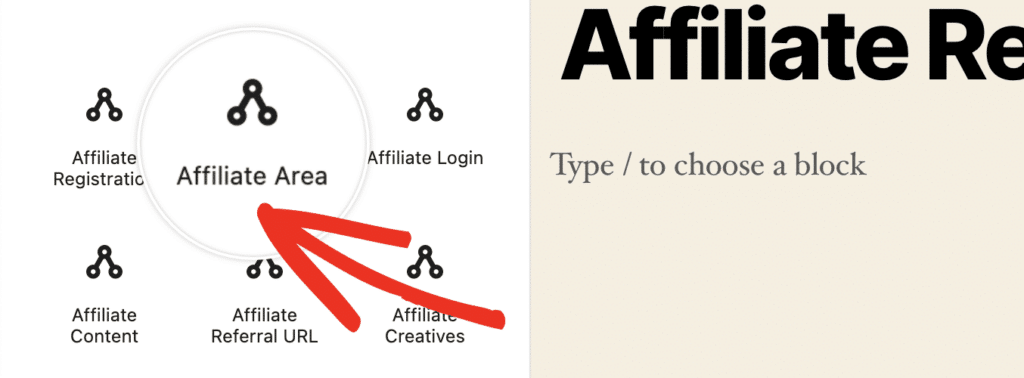
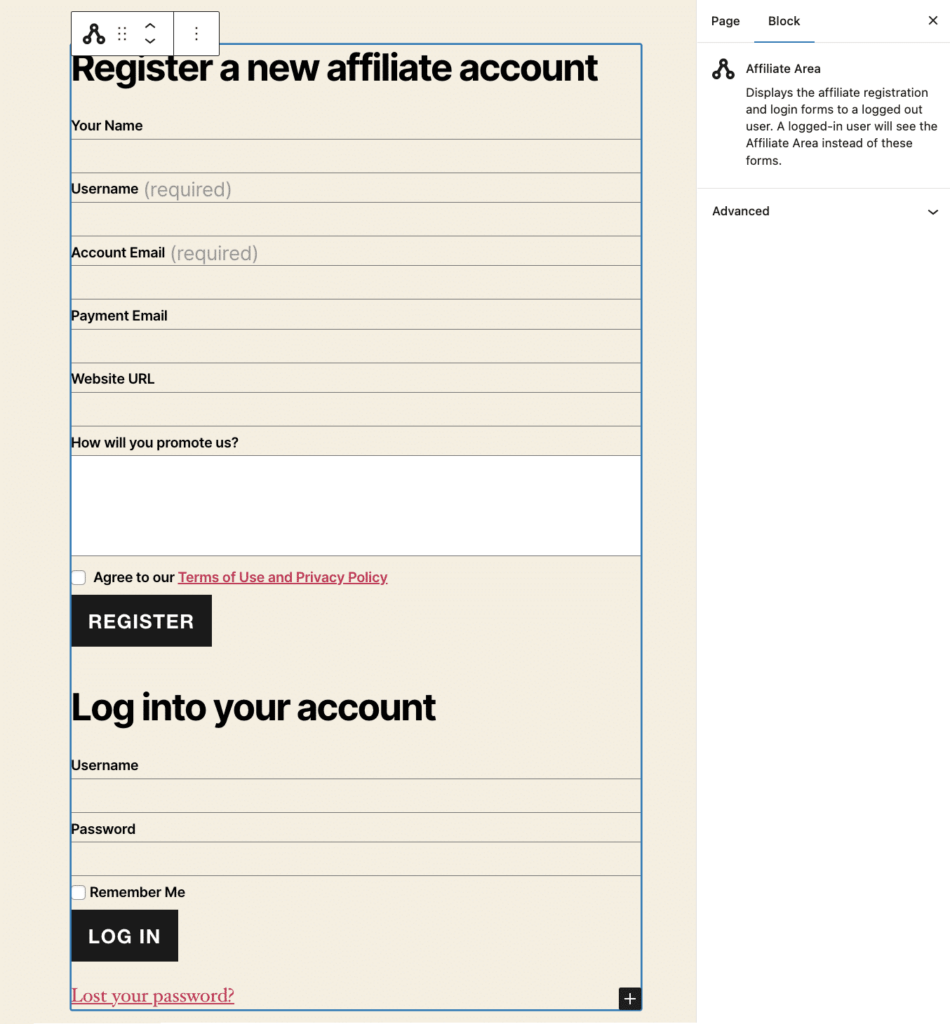


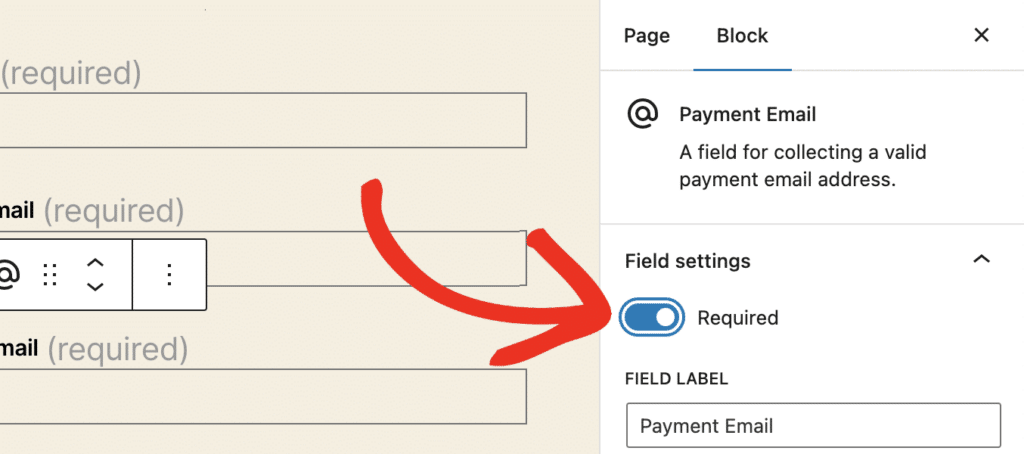
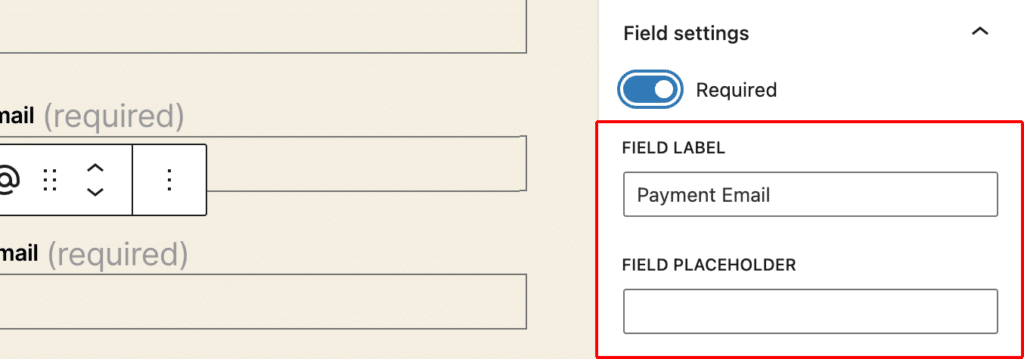

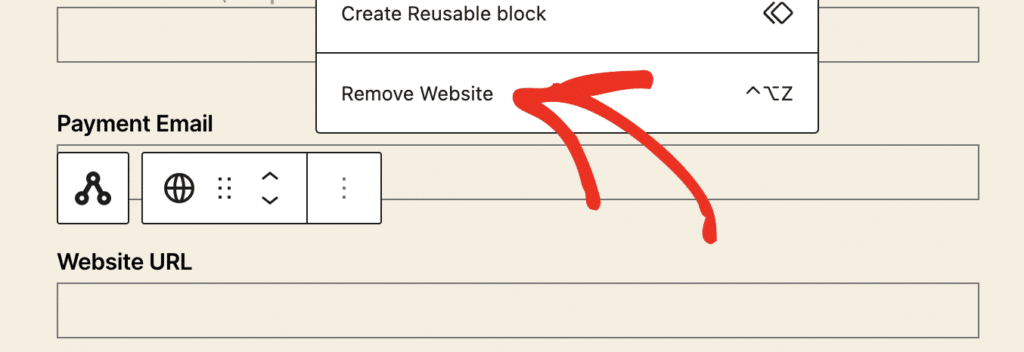


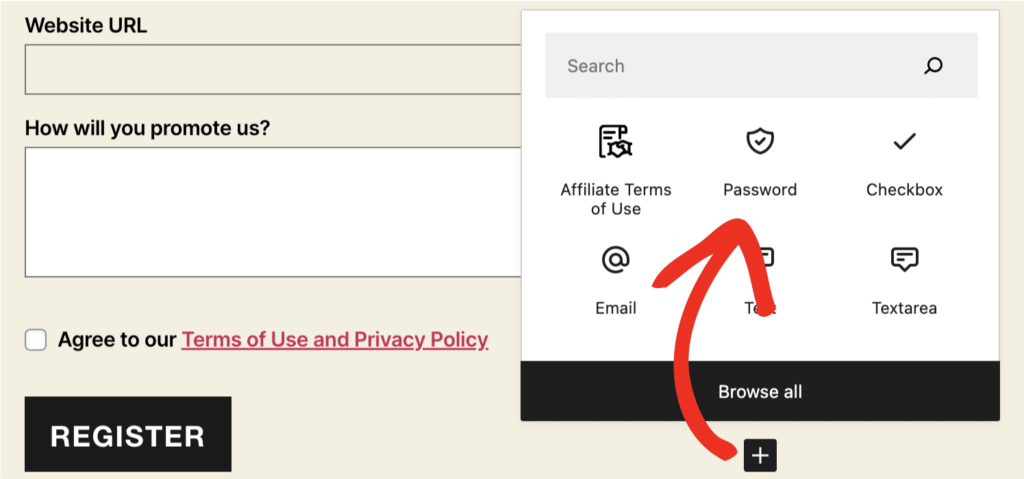
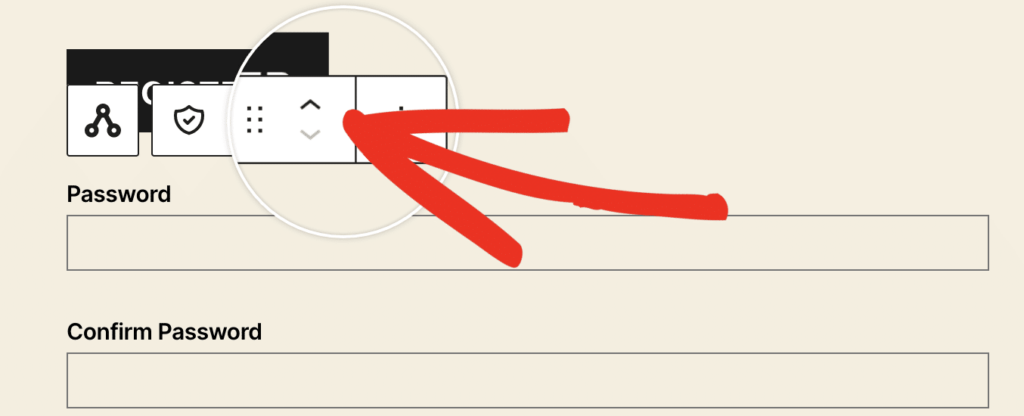
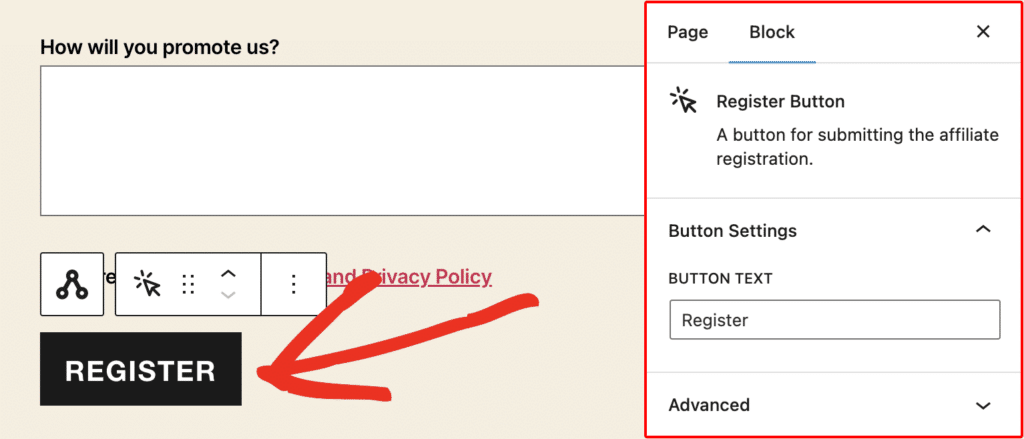
When you first started your newsletter saying that “a lot of businesses overcomplicate their registration form,” I was about to immediately refute it–thinking you were going to get just the basic lead info (name, email, maybe phone). But then I saw you were actually collecting a lot more information–good.
I see too many partner and affiliate registrations that are only a lead form. Which is useless in my industry (tech hardware and software–with VARs, MSPs, Integrators, and industry consultants). So that’s where I’m coming from.
The partner manager needs enough information on the registration form that he can qualify the partner initially (without having to call), and later profile the partner (he might have 1,000 partners and wants to see the characteristics of the most successful partners–so he can recruit more with the same profile).
So, the form is a “job application,” not a lead form. I’ve set it up like that in hundreds of companies (clients include Apple, Intel, Adobe, HP, GE, Microsoft, etc.) and someone in marketing (who doesn’t understand what the form needs to do) later changes it. It slows down the approval process (now the channel manager has to manually qualify–sometimes even calling just for the basic info (size, capabilities, market, etc.), but it is also impossible to later profile without it).
One company lost all their profiling information when their application was changed to a lead form, and later we had to get it again from the partners–only about 10% responded (once your “in” why risk it, so they didn’t reply). It cost over $30,000 to hire a company to call the thousands of partners to get the info. Or, you have to use systems like PartnerOptimizer.com to profile your partners–it is excellent but also expensive.
The average application I help them create takes about 5-10 minutes (but I’ve seen some take hours to pull it all together–but if you’ve got 400,000 partners like Microsoft, this is an intentional barrier). Fortunately, a form can have check boxes and pull-down menus to make this go fast (vs a phone call).
If it is a different industry, you may be fine with a lot less info. But this is not the case in the industry with technical partners (can they even do the job)? But thanks for addressing it.
Ted
CEO of Chanimal.com & ChanimalUniversity.com